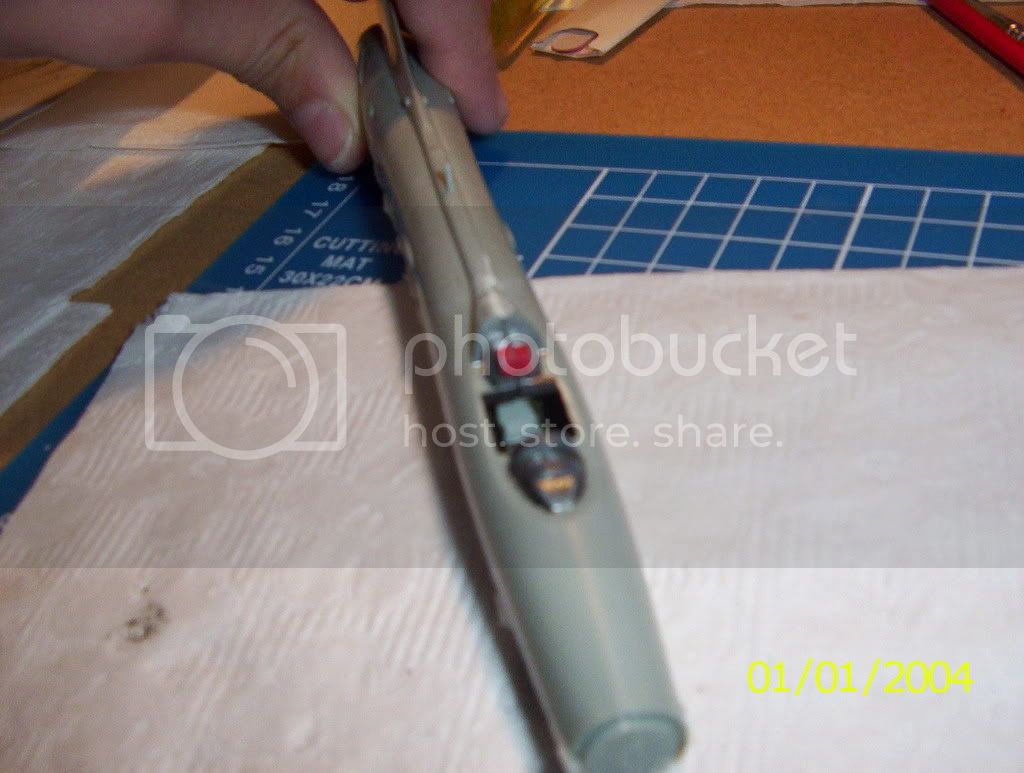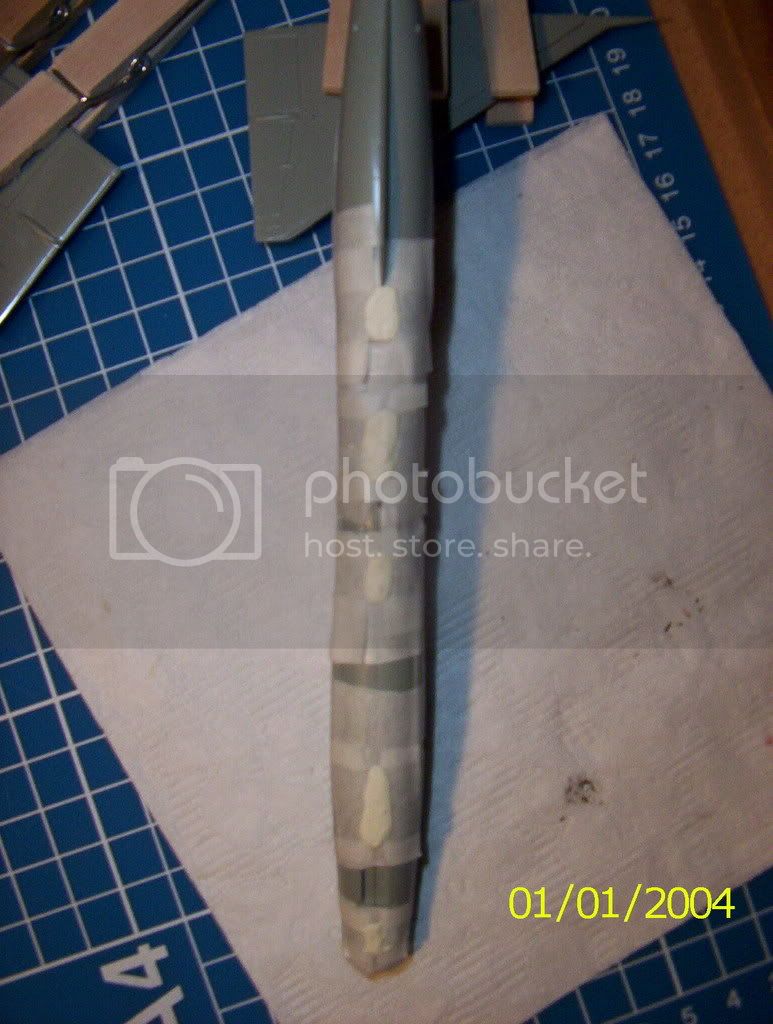With decals, just go slowly, soaking one at a time in water. For the water, I have found that slightly warm water works best for loosening the decal. Since this is Academy, your decals may be a bit harder to work with, but this seems to vary from model to model. Make sure you have a good decal setting solution and solvent before proceeding. I prefer Micro Set for the setting solution, and Micro Sol for the solvent. Whatever equivalent you find should work just as well.
What I do is first soak the decal for no fewer than five seconds and no more than ten. Once set aside on a dry paper towel, I use a flat brush to apply some setting solution to the surface. You don't need a lot, so don't go soaking the model in the stuff, as sometimes even when you use Future you may miss a spot in some little nook, and that is all the solution needs to get under your gloss coat and cause a nice crackle pattern in your paint job. (This is even more true for solvent

)
After you have applied the setting solution, test the decal by nudging it a little, to see if it is loose yet. Try to avoid touching the backing, only touch the decal. From experience I have found that the adhesive on the backing can coat your skin if you touch it, and then it will stick you your finger instead of the plane. Some people prefer to use a brush to push the decal onto the model, and for small decals that is what I prefer too. But personally for the larger ones I prefer to just use my finger, slightly wet by dipping it in the water bowl. I have more control that way.
Once the decal is on the surface, you may need to tweak it just a bit. Micro Set is gentle enough that you can safely move it for a minute or two before it gets softened. If the decal is not moving easily enough, I will dab on a little bit of water to help lubricate the surface more. Once in place blot off the excess carefully with a paper towel, then allow it to dry for a few minutes. In the meantime you can start applying more decals.
After you have given the decal some time to dry, it should be softened by now too. Take a dampened paper towel and gently push the decal down into the recessed details of the surface. Always apply the pressure straight down, to prevent any distortion. It is important that the towel be damp, to prevent the decal from sticking to it and getting torn to shreds. This also helps work out some of the larger air bubbles as well.
To give the decal that "painted on" look, you will need to use the solvent now. With another brush (you don't want this hot stuff to contaminate the setting solution!) gently but quickly wet the surface of the decal completely with this stuff, being careful to avoid pooling or runs, for the reason stated before. Let this dry completely without anything touching it. After it is dry, inspect for air bubbles, and pop them with a knife or needle, then brush on some more solvent if needed. I allow this to dry overnight. After that, you can seal them in with more Future or its equivalent and you are ready for the wash!





















